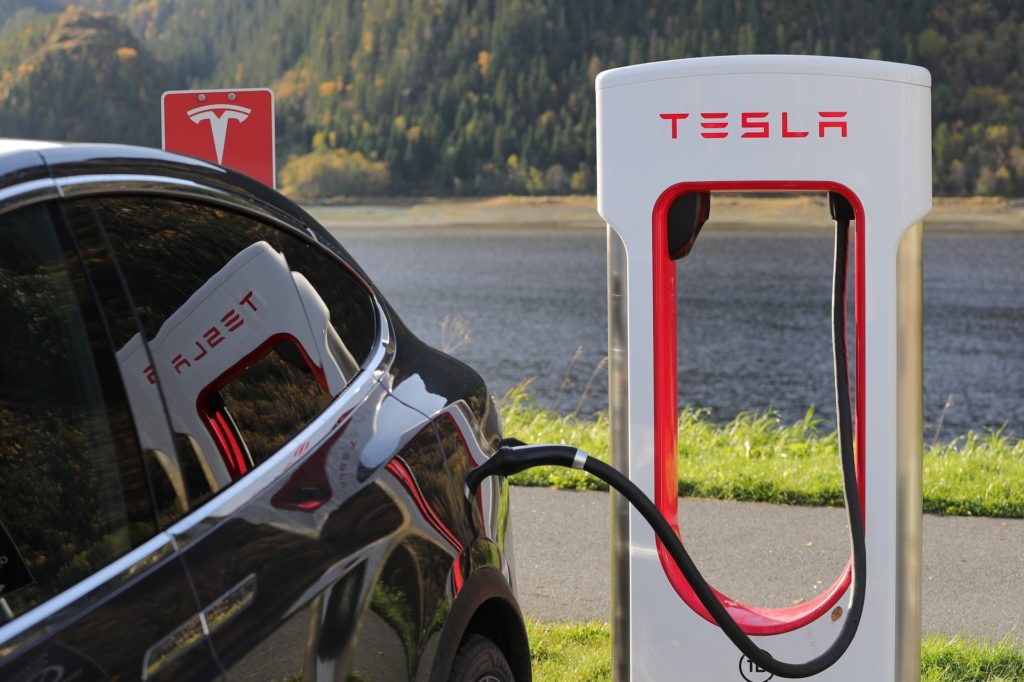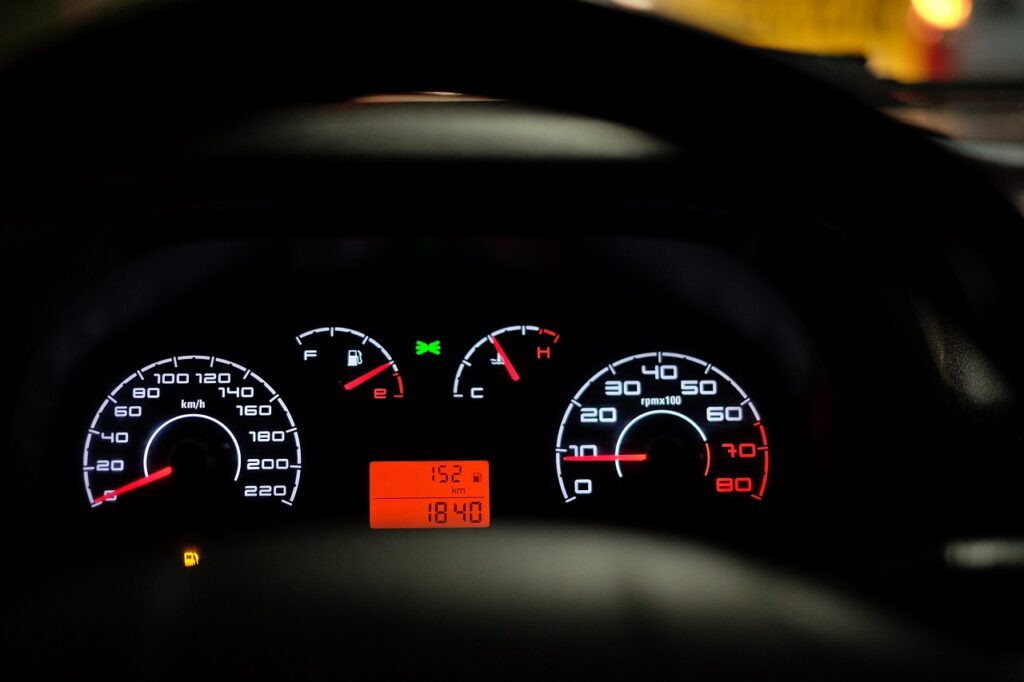I’m a big fan of electric cars because I truly believe we need to massively reduce green house gases both to reduce global warming (the West Coast is mostly on fire at the moment) and the health risks associated with carbon emissions. But in watching the electric car efforts like Tesla come to market, I’m starting to wonder if those making the cars really want their efforts to fail because so much of what I’m seeing just seems…well, stupid.
Let me walk you through some of the evidence.
Racing
Car racing was at the heart of the ramp to gas powered cars. In the beginning, car companies participated in races to showcase and drive car advancements and—given the number of cars on the road—this was pretty damned successful. Now electric cars suck at road racing, if you take a Tesla, the most performance-oriented electric car in the market in volume, and put it on a road course it will overheat and go into limp home mode in around 15 miles. In addition, road racing takes a ton of energy and you can’t charge these things very quickly yet, so electrics are impractical on the track. However, on drag strips they are damn near unbeatable. You can regularly see YouTube videos of folks driving to the drag strip in a Tesla and smoking pretty much everything they run against from purpose built drag cars, to the fastest things the car companies put on the road.
So what race did the electric companies sponsor first? NHRA (National Hot Rod Association)? Nope. They went the Formula 1 route with Formula E where folks have to swap cars and—if their battery goes dead—the driver has to push the car, in front of all of the fans, back to the pit area by himself. One of the biggest fears an electric car driver has is running out of juice and instead of this race showcasing the car’s amazing quarter mile (or even more amazing eighth mile) performance, the race they funded constantly reminds folks that a dead battery is a catastrophe (it isn’t like you can get a can of electricity to get to a power station). By the way there is a Tesla track series in the works but it is having a ton of problems with the fricken battery. Why showcase the car’s shortcomings like this? To be fair, an NHRA partnership is now coming, but it should have been first.
Charging
As mentioned above, folks are scared to death of running out of battery power because there is no equivalent to a gas can you can carry to power up a dead electric vehicle. Generally, you have to trailer the car back to someplace and then wait hours for the car to recharge. When gas cars came to market there were huge networks of gas stations that popped up to support them. They didn’t just work with Ford cars or any other brand, the gas worked in any car because you needed to get to a critical mass of stations. So, what did Tesla do? They went proprietary and built a network of power stations that only work with Tesla’s instead of building a network of stations that work for any electric car. Rather than being a profit center—and gas stations make a ton of money—they became a cost center for Tesla because they gave the power away for free (at least until recently). When creating a market, you build for everyone because you all need critical mass. Then you can worry about competition once critical mass exists. Tesla went exactly backwards and built a power charging moat.
The net result is that Tesla’s take forever to charge on a non-Tesla power station, non-Tesla electric cars can’t charge (and help fund) Tesla power stations at all, and getting to critical mass of charging stations was delayed by years because there is no cumulative effect. Currently the best chance we have is because VW was forced to install a bunch of stations to make up for falsifying their diesel engine smog scores. And that was pure luck—not by design.
Letting Gas Catch Up
It’s been a bit surprising that gas hasn’t fought back harder. I really thought that companies like GM and Ford, let alone the gas companies like Exxon and Shell, would step up and fight electrics harder. But, given enough time that was eventually going to happen. And with the slow ramp to electrics there are a massive number of internal combustion engine improvements coming to market.
One of the most impressive is fully digital valves that could both massively increase the power of gas engines (allowing them to switch on the fly from 4-cycle to 2-cycle engines) to massively saving gas (switching on the fly from 4-cycle to 12-cycle engines) for energy conservation. Realize that if you’re electric power in your home comes from coal or oil the electric vehicle isn’t really that much greener than a gas engine today, and if gas engines can make a massive improvement in efficiency, thanks to the inefficiency of batteries and power lost due to transmission to charging stations, they could actually become greener than electrics in areas not powered by nuclear, solar, hydro electric stations, or wind generators.
Not to mention that we all knew the subsidies would eventually expire so it wasn’t like electric cars had unlimited time.
Boring Cars
With the exception of the Jaguar iPace (which I have on order) and a few electric supercars, electric cars have mostly been kind of boring. Even Tesla, which builds them wicked fast, created designs that look more like what a parent would drive than anyone trendy and their Tesla X crossover is butt ugly. Porsche is stepping up, but the Mercedes (with the exception of the Maybach electric show car) and Audi efforts look like those firms missed a meeting and decided that exciting just wasn’t important. Part of what drives change is the appearance of status and while there was a potential for Tesla to create an AMG like offspring there just was no interest by Tesla (there are entire weeks when I wonder if Tesla knows they are in the car business not in the refrigerator business) so much of the excitement under the hood doesn’t make it into the appearance of the car. Most electrics are still underpowered, boring little things like the Fiat 500e that firm loses a ton of money on and you can buy used for a song (seriously cheap as I’ve seen more expensive golf carts).
Wrapping Up: Electric Cars May Not Make It
Unless these efforts get a ton more serious there is a real risk that electric cars could fail in market. Cars like the Fiat 500e are failures on paper and the market leader, Tesla, is not only under SEC investigation but could run out of money and go bankrupt in under a year (unless their going private Hail Mary pays off). And if Tesla goes under it could set electrics back years if not fully stall the effort—at least in the US where the current administration is anything but a fan. And much of the damage is self-inflicted to date, so I can only wonder what would happen if the oil Industry seriously moved to kill the effort.
The folks backing electric cars need to stop screwing around and start seriously moving to save the effort which means a gas station like ramp up of power stations, moves to make more attractive/unique electric cars, and an effort to reduce or eliminate suicidal behavior like bringing out unprofitable efforts or allowing people to run car companies that don’t know how to build one. Just saying…
- The HP OmniBook X Flip 2-in-1 16-Inch: Your New Digital Swiss Army Knife (Now in Glorious Atmospheric Blue) - June 25, 2025
- The Open AI Avalanche: Why AMD’s Collaborative Spirit Is Outmaneuvering NVIDIA’s Empire - June 22, 2025
- Lenovo Embraces OpenBMC: A Step Towards Greater Transparency and Control in the Data Center - June 17, 2025




From where I sit, your take on the charging network situation is backward. When Tesla brought out the Model S, they used their own “proprietary” charging standard that doesn’t work with other electric cars, because there weren’t any other electric cars. They were first, remember? They couldn’t partner with any other EV makers to establish a standard, because there weren’t any other EV makers.
And look what’s happened since then! Now we have several car makers signed onto the CCS standard, and they (with the exception of VW, as you noted) are sitting on their thumbs and crying for the government to pay for a charging network, which most likely is not going to happen. Why would GM (for example) spend their own precious dollars building charging stations if VW, Jaguar, FCA, Daimler, Ford, Hyundai and Porsche will end up benefiting from it? None of these companies feel any sense of urgency or responsibility for advancing the CCS network in the way that Tesla do for their own network.
Yes but they didn’t license this out or even try to make their approach an industry standard and it has remained Tesla only making the likelihood it will survive very low. The effort should have been focused on creating standards, which the industry has done now, that encompass all cars so you can get to a critical mass of chargers, much like we got to a critical mass of gas stations. But when you are trying to build a market it is critical that whatever powers it get to critical mass quickly, and if you drive the standard then you should have an advantage. Right now as high powered chargers come to market they don’t work (without adapters) with Tesla’s giving Tesla a disadvantage particularly in Europe as 3rd party cars come to market and government funded charging efforts proliferate. This showcased one of many avoidable mistakes that resulted from a lack of understanding about how gas cars became dominant in the 1920s.